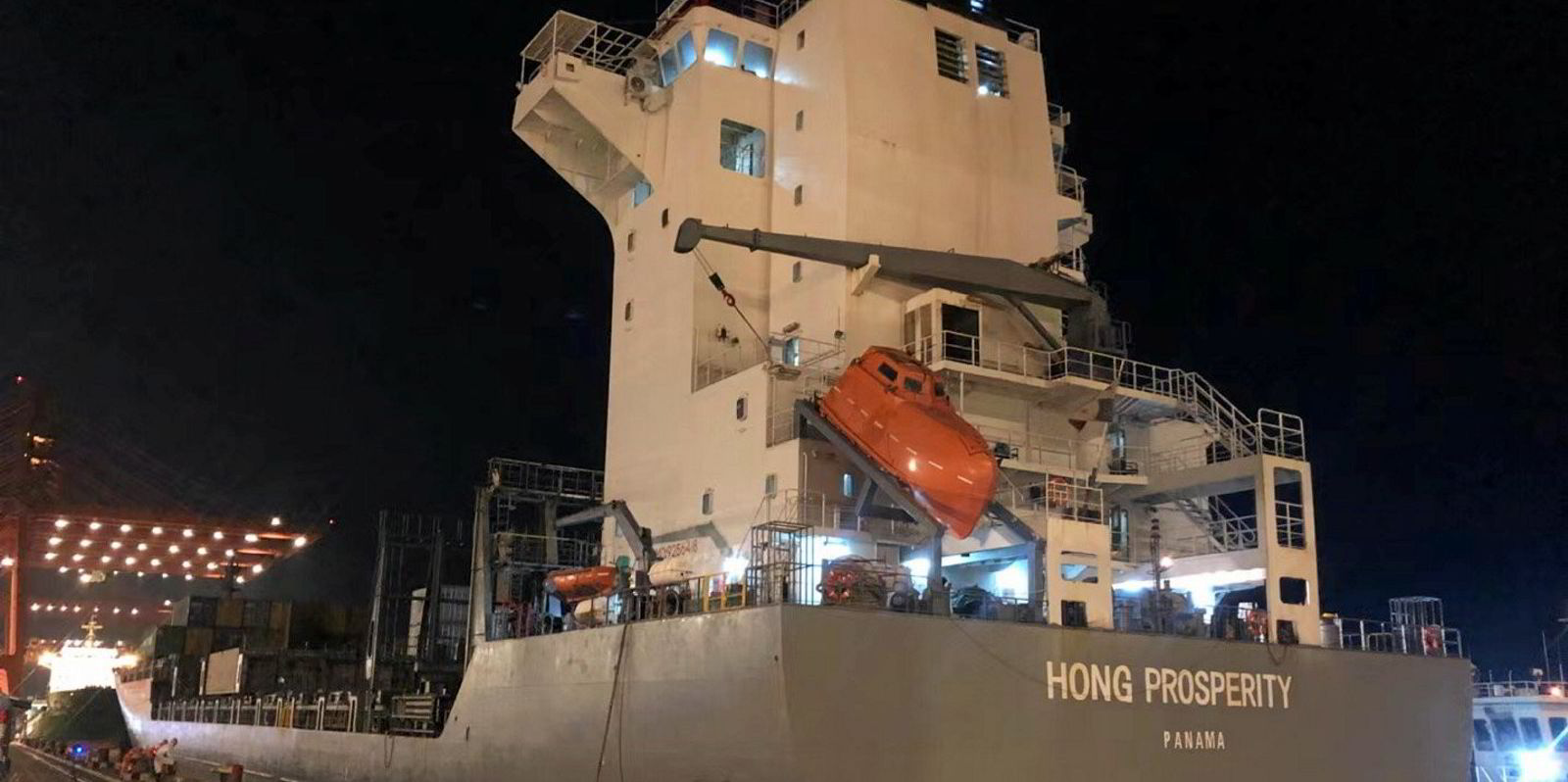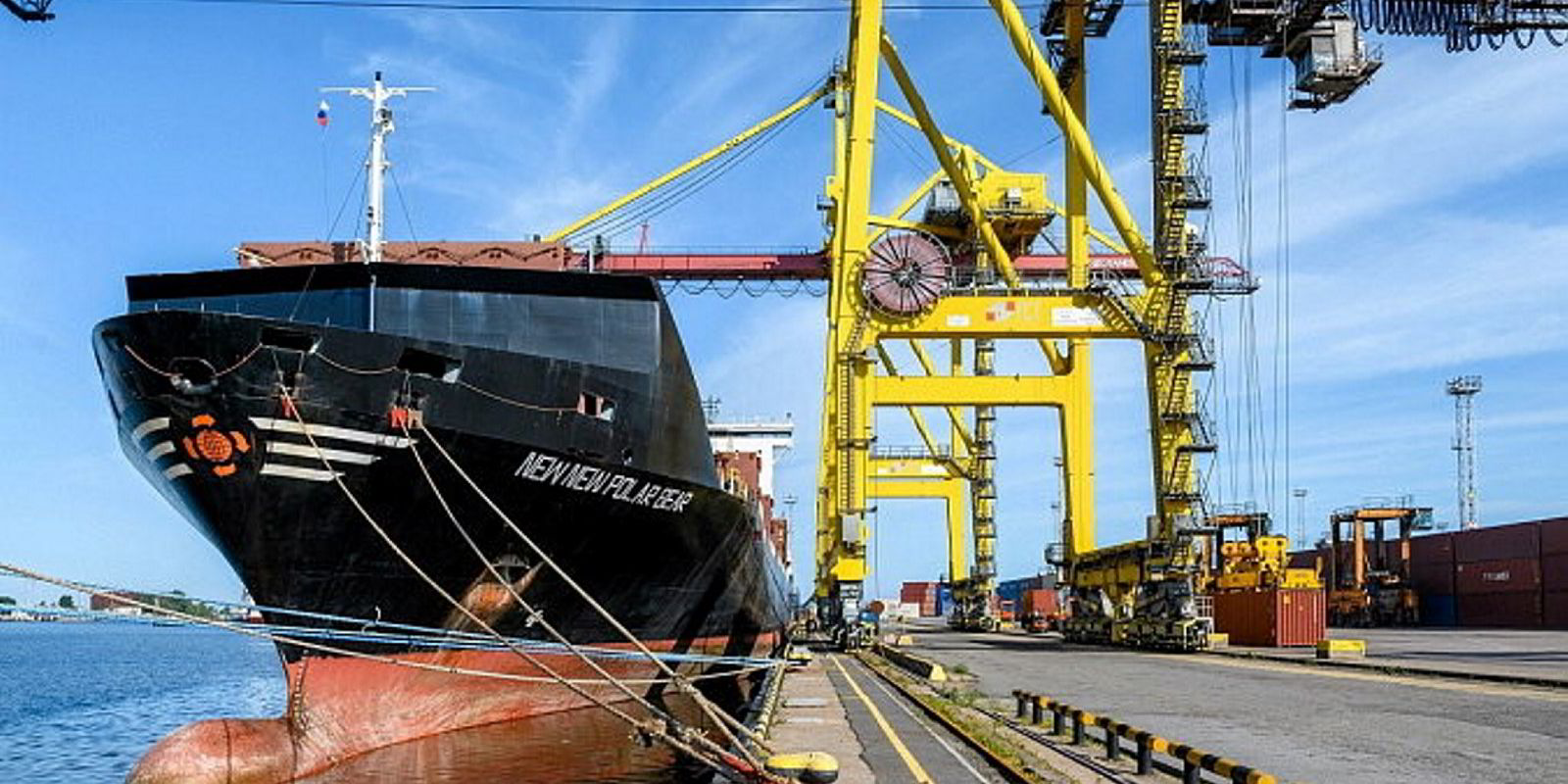Tanker owners may be exiting the Russian trades, but boxship operators are piling in.
Total container volumes handled at Russian ports rose by one-third in the second quarter of the year, according to Linerlytica.
That was due to new operators that entered the trades, despite the sanctions.
Far East gateway volumes through Vladivostok, Vostochny and Nakhodka grew by 39% in the second quarter, according to the technology-backed platform.
Container volumes through the Black Sea gateway of Novorossiysk increased by 40%.
Volumes through the Baltic ports of St Petersburg, Ust-Luga and Kaliningrad remained at half their pre-Ukraine war levels, but still grew by 25%.
Currently, MSC Mediterranean Shipping Company is the only main carrier to retain its Baltic feeder links to Russia.

Linerlytica estimates that around 100 additional ships have been deployed into new Russian services since the end of last year.
That has added 200,000 teu of incremental container ship capacity over the six months, the analyst said.
The gap has been filled by new operators sailing from Asia to the Russian ports as well as transshipment services through the United Arab Emirates, Egypt and Turkey.
Innovative players
Chinese newcomers including OVP Shipping and Safetrans Line are becoming increasingly established on the trades.
These are adding to the services provided by Russian operators such as Fesco.
Others entering the trade include Dubai-based outfits such as Reel Shipping and Mountain Air Shipping, Russian companies like Neco Line and freight forwarder Modul, as well as Chinese start-up Global Field Line.
Some operators have been inventive after picking up vessels from the secondhand market for use in the Russian trades.
That includes Hainan Yangpu NewNew Shipping, which this month launched the first of several planned voyages through the Northern Sea Route (NSR).
The service began using the 1,638-teu NewNew Polar Bear (ex-Baltic Fulmar, built 2005), which was reported sold in May for $9.3m.
The newly named ice-class vessel was loaded in St Petersburg on 7 July and is scheduled to arrive in Shanghai in August.
The vessel will use the NSR for a 28-day voyage from Russia to China.
Previously, the Chinese carrier — together with Russian partner cargo agent Torgmoll and Global Ports Group — served the route from China to Russia using the Suez Canal, which takes 45 to 50 days.
The line plans to use four vessels of between 1,600 teu and 3,500 teu on the NSR to operate between China and the ports of St Petersburg and Kaliningrad.
Another 1,600-teu vessel will operate between China and the port of Arkhangelsk, also via the NSR.





